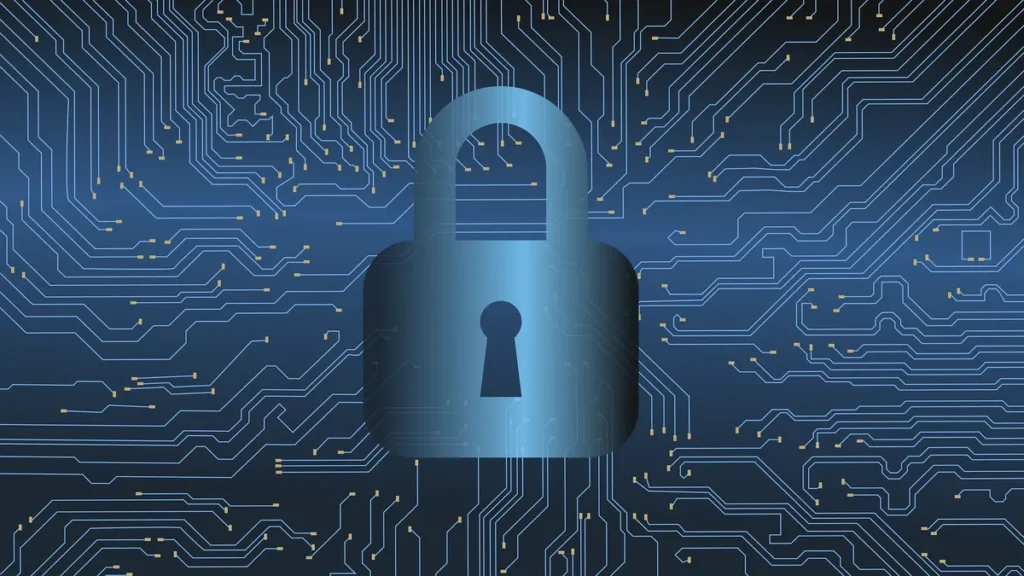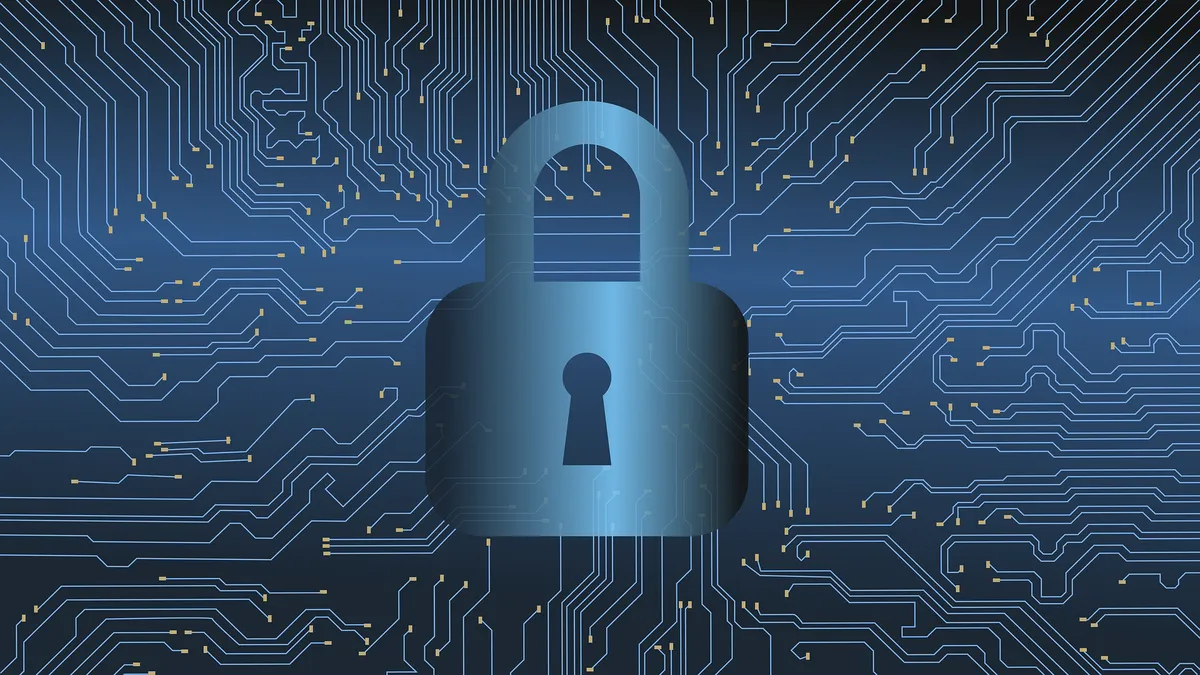Table of Contents
Cybersecurity Compliance: Staying Ahead of Regulatory Requirements

In today’s digital landscape, cybersecurity compliance has become a critical concern for organizations across various industries. Governments and regulatory bodies around the world are enacting laws and regulations to protect sensitive data and ensure the secure handling of information. In this blog post, we will explore the importance of cybersecurity compliance, the key regulatory requirements to be aware of, and strategies for staying ahead of the ever-evolving compliance landscape.
Understanding the Importance of Cybersecurity Compliance
Cybersecurity compliance refers to adhering to laws, regulations, and industry standards that govern the protection of sensitive data and the implementation of robust security measures. Compliance is crucial for several reasons:
Protecting customer data: Compliance frameworks aim to safeguard personal information and prevent data breaches that could result in financial loss, reputational damage, and legal consequences.
Mitigating risks: Compliance requirements help identify and address vulnerabilities, reducing the risk of cyber attacks and data breaches.
Building trust: Compliance demonstrates an organization’s commitment to data privacy and security, building trust among customers, partners, and stakeholders.
Avoiding penalties and legal consequences: Non-compliance can lead to severe financial penalties, legal actions, and reputational harm.
Key Regulatory Requirements:
General Data Protection Regulation (GDPR): The GDPR sets stringent data protection requirements for organizations handling personal data of European Union citizens, including consent, data breach notifications, and individual rights.
California Consumer Privacy Act (CCPA): The CCPA provides privacy rights and protections for California residents and imposes obligations on businesses regarding data collection, transparency, and consumer rights.
Payment Card Industry Data Security Standard (PCI DSS): PCI DSS applies to organizations handling payment card data and specifies security measures to protect cardholder information.
Health Insurance Portability and Accountability Act (HIPAA): HIPAA regulates the security and privacy of protected health information (PHI) and applies to healthcare providers, insurers, and business associates.
NIST Cybersecurity Framework: Developed by the National Institute of Standards and Technology (NIST), the framework provides guidelines and best practices for managing and improving cybersecurity risk.
Strategies for Staying Ahead of Compliance Requirements
Conduct Regular Risk Assessments: Perform comprehensive risk assessments to identify potential vulnerabilities and areas of non-compliance. Regularly review and update risk assessments to adapt to new threats and changes in the business environment.
Develop and Implement Policies and Procedures: Establish documented cybersecurity policies and procedures that align with regulatory requirements. Clearly define roles and responsibilities, incident response protocols, and data protection measures.
Implement Security Controls and Measures: Deploy technical and organizational security controls to protect sensitive data and systems. This includes access controls, encryption, intrusion detection systems, and network segmentation.
Employee Training and Awareness: Train employees on compliance requirements, cybersecurity best practices, and their roles in maintaining compliance. Create an organisational culture of security awareness and accountability.
Regular Audits and Assessments: Conduct internal and external audits to assess compliance with regulatory requirements. Engage independent auditors or security professionals to evaluate your organization’s security posture and identify areas for improvement.
Stay Informed about Regulatory Changes: Continuously monitor regulatory developments and updates to ensure ongoing compliance. Subscribe to industry newsletters, participate in forums, and engage with cybersecurity professionals to stay abreast of changing compliance requirements.
Engage Legal and Compliance Experts: Consult legal and compliance professionals with expertise in cybersecurity to ensure your organization remains compliant with applicable regulations. Seek guidance in interpreting and implementing complex compliance requirements.
Conclusion
Maintaining cybersecurity compliance is crucial for organizations to protect sensitive data, mitigate risks, and maintain trust with customers and stakeholders. By understanding the importance of compliance, staying informed about regulatory requirements, implementing robust security measures, and engaging in ongoing risk assessments and audits, organizations can stay ahead of the compliance landscape. By prioritizing cybersecurity compliance, organizations can effectively safeguard their data, maintain regulatory compliance, and demonstrate their commitment to protecting sensitive information.



